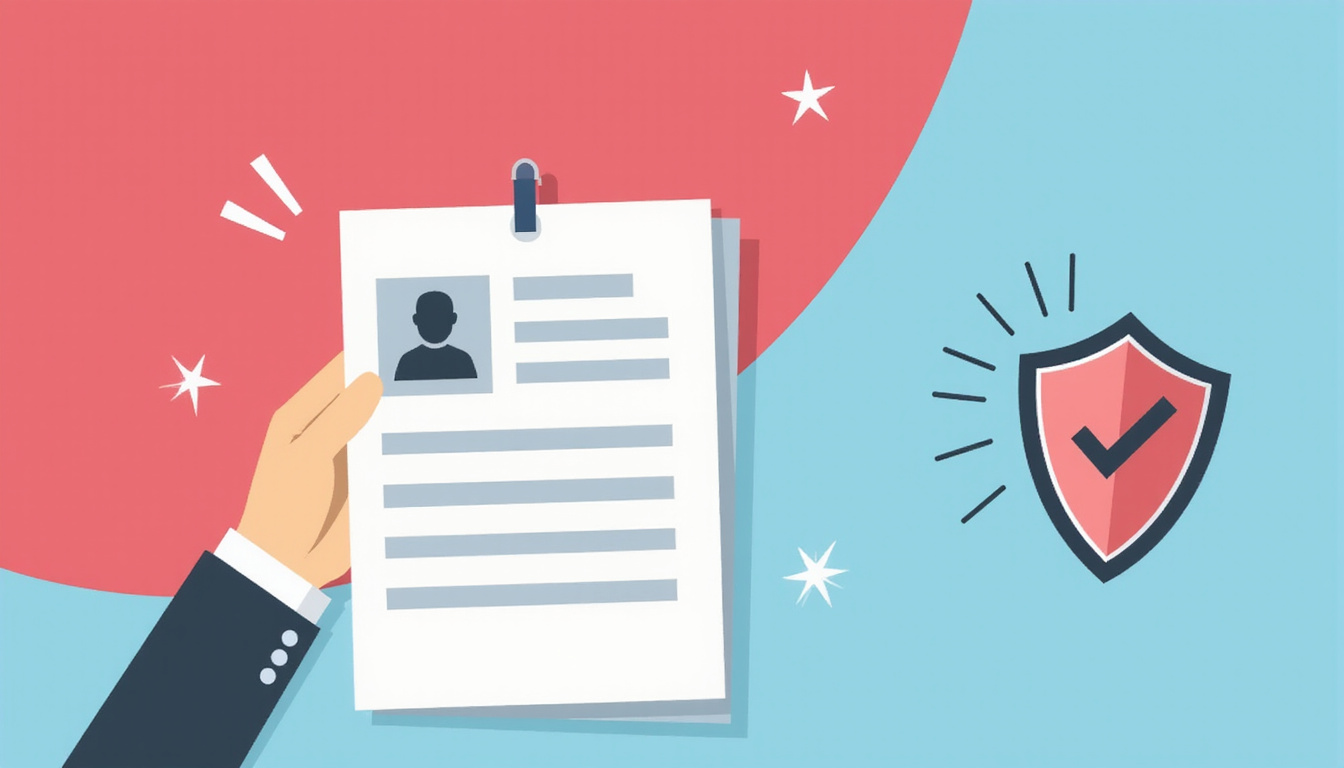Planning an event—whether a community marathon, a corporate retreat, or a local charity fundraiser—demands organization and care. Every word you read links directly to the next. One key item is the liability waiver. A waiver is a legal doc that protects you and your group from claims when injuries or damage occur at the event. Knowing the role of a waiver can cut risk and make the event run smoother for everyone involved.
In this article, we explore what a liability waiver is, why it matters for your event, how to write one that works, and answer common questions about its use. By the end, you will see how this plain doc helps guard an event’s success.
What Is a Liability Waiver?
A liability waiver, also called a release form, is a legal pact in which every participant accepts the risks tied directly to an activity. They agree not to hold the host or organizer responsible for any harm. When a person signs the waiver, they take on the duty for their own safety and free the event host from future legal claims if an accident occurs.
Its main goal is to set out risks and get the participant’s clear consent. Note that a waiver will not cover gross negligence or deliberate harm but does help in most cases of unexpected injury.
Why Is a Liability Waiver Important?
- Legal Safety: A waiver shields the organization from lawsuits. If a person is hurt during the event, the signed waiver cuts your legal risk.
- Risk Clarity: It tells each participant what hazards may lie ahead, helping them make a clear decision.
- Promotes Accountability: When someone signs the waiver, they accept the risks, which can lower unnecessary legal claims.
- Helps Insurance: Many insurance plans need a signed waiver on file to confirm coverage.
- Shows Professionalism: Using a formal waiver shows that safety is a top priority and builds trust.
How to Draft an Effective Liability Waiver
Drafting an enforceable liability waiver means choosing words that connect closely. Here are some steps and tips:
• Be Clear and Specific: State the nature of the activity, list its risks, and define the waiver’s range. Avoid vague phrases.
• Include Key Parts:
– A clear description of the activity
– A list of risks involved
– A clause showing the assumption of risk
– A clause that releases liability
– An indemnity part (when needed)
– The participant’s clear acknowledgment and signature
– The date when it was signed
• Use Plain Language: Write simply. Use words that tie directly to their meanings without heavy legal terms.
• Get Parental Consent: When minors join, add a space for a parent or guardian’s signature.
• Consult a Lawyer: The law changes by place. A legal expert will help make your waiver enforceable.
• Give Copies: Let participants read and keep a copy for their own files.
Common Components of a Liability Waiver
A standard waiver connects ideas closely. It typically has:
- Activity Description: It states what the participant will do.
- Risk Acknowledgment: It shows the specific dangers of the activity.
- Assumption of Risk Statement: It makes clear that the participant accepts these risks.
- Release and Waiver of Liability: It agrees to shield the organizer from harm claims.
- Indemnity Clause: It protects the organizer from claims that may arise from a participant’s actions.
- Signature and Date: It marks the agreement with a clear signature.
Sample Failure to Use a Liability Waiver
Imagine you host a mountain biking event without a waiver. A rider might get hurt by rough trails or hidden obstacles. Without a waiver, your organization faces a costly lawsuit. Though insurance may help, legal fees and damage to your group’s name will hit hard. With a good liability waiver, you can show that each person was made aware of risks and willingly accepted them. This small doc then ties the risk statement directly to the participant’s agreement and shields you legally.
FAQs About Liability Waivers for Events
Q1: Do I need a liability waiver for every event?
Yes. If your event involves physical activity, possible hazards, or any risk of harm, use a waiver made just for that event.
Q2: Can a liability waiver prevent all legal claims?
No. It does not cover gross negligence or intent to harm. Yet, it greatly cuts the chance of liability for true accidents.
Q3: How enforceable is a liability waiver?
When a waiver is written well and signed freely, it is usually enforceable. Laws differ by area, so a lawyer can check that your waiver holds strong.
The Role of Liability Waivers in Event Management
A good liability waiver is not just legal paper—it is a risk management tool. It shows that every safety detail is linked together, from the risks to the participant’s approval. This single document ties safety, responsibility, and clarity into one strong outline. It also helps keep disputes rare and builds a culture of care.

Conclusion
A liability waiver is a must-have tool for events that mix adventure with risk. By clearly writing out the risks and having every participant sign off on them, you protect both your event’s success and your reputation. Invest the time in a strong waiver, ask a legal expert to review it, and use it properly. In doing so, you link safety and legal care into every part of your event planning.
Ready to host your next safe and successful event? Start by adding a clear, comprehensive liability waiver to your plan. Protect your group, the participants, and your peace of mind—because sound safety and legal care are the strong links in event management.
Author: Doyle Weaver, Attorney at Law
Home | Estate Planning | Personal Injury | Hill Country Lawyer | Terms of Service | Privacy Policy
© 2025 Digital Law Firm, P.C.
Disclaimer: The content provided in this blog is for educational and informational purposes only. It is not intended to constitute legal advice or establish an attorney-client relationship. The information presented does not address individual circumstances and should not be relied upon as a substitute for professional legal counsel. Always consult a qualified attorney for advice regarding your specific legal situation. The author and publisher are not liable for any actions taken based on the content of this blog.






